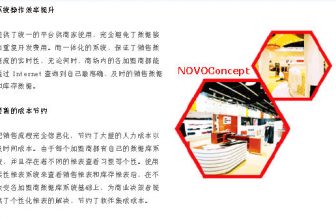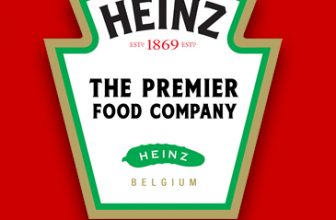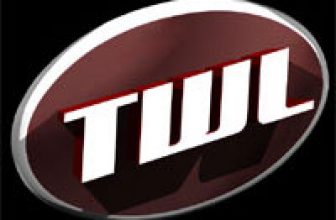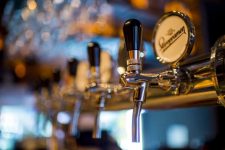
Application of RFID in the beverage retail industry
[ad_1]
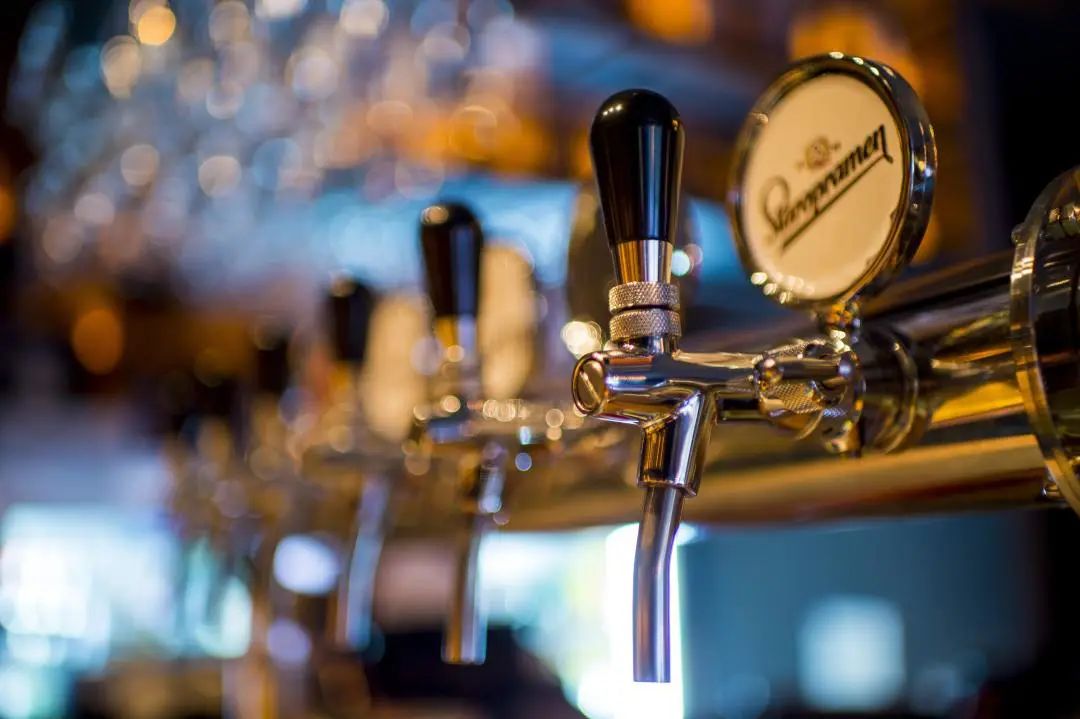
In recent years, some major US retailers such as Wal-Mart, Target and Albertson have begun to require their suppliers to deploy RFID technology at the pallet level. For the future, people also envisaged application plans for RFID technology, such as the “Smart Shelf” plan. After the plan is completed, when consumers push goods with RFID tags through the supermarket exit, the reader will read the identification information on the goods in an instant, so that people no longer need to queue for checkout.
This is just one of the applications of RFID technology. The most typical application focuses on inventory management: it is used to track the storage and transportation of goods, and to check the status and location of the product during transportation.
The application of RFID technology has promoted the development of all walks of life. As a member of the retail industry, beverages are naturally no exception.
RFID technology will bring benefits to the beverage retail industry
In the eyes of beverage manufacturers, RFID identification and scanning are meaningless for maintaining the inventory in the room, but in the retail field, RFID technology can improve the supply chain replenishment efficiency. This is the reason why retailers are keen to establish RFID systems. .
Solve the problem of out of stock products
To maximize the transparency of the supply chain is an important goal for retailers. One of the biggest existing problems for retailers is that when a consumer wants to buy a product, but knows that the product is out of stock, in most cases, he will choose to buy it elsewhere. In this way, retailers not only lose the opportunity to sell goods, but also lose the possibility of consumers buying other goods in their own stores.
Wal-Mart has pointed out: If it can solve 1% of the product out of stock problem, Wal-Mart can get 2.5 billion US dollars in sales revenue. In order to be able to do this, the retailer has to examine what product will be out of stock: is the retailer unaware that the product is out of stock? Or do they not know that there is inventory in the warehouse? Or is the product in transit from the factory to the supermarket? RFID Technology can give retailers the transparency they want, telling them what they have now and where these things are currently.
Reduce the amount of safety stock
If the inventory is sufficiently transparent, it can theoretically reduce the amount of safe inventory that must be maintained in the warehouse, thereby reducing the inventory of all commodities and saving a lot of expenses.
Reduce labor costs
Although barcodes can also be done, barcodes require more physical scanning, which usually leads to more human operations. RFID is a more automated technology that can improve reading speed and supply chain transparency without adding additional labor costs.
What benefits can beverage manufacturers get from RFID technology
The first is to meet the retailer’s RFID compliance requirements and maintain a good trade relationship with the retailer. For example, Wal-Mart recently said that 30 minutes after the first reading of the product identification, the company will publish the inventory status on the Internet, and anyone can check it. This can help beverage manufacturers track the products in the supply chain; and as the development of RFID technology deepens and the systems of suppliers, partners and customers begin to integrate, other benefits have gradually emerged, including More advanced warehouse management automation and faster supply chain response speed due to increased communication, low inventory and other reasons.
Monolithic packaging of RFID technology in the beverage industry
There are still some difficulties in application
Now, in the field of beverages and other liquid commodities, the application of RFID is only limited to the level of pallets and outer packaging boxes. In theory, RFID tags should also be applied to individual packages, but they can accurately read the RFID tags on individual packages. The technology is still immature, and these signs are more susceptible to packaging materials, product types, and the location where the signs are attached.
technical problem
Metal containers and liquid filling containers are the two biggest problems, which makes the placement of RFID tags very important. The technical limitation is that the radio waves emitted by some standard organizations such as EPCglobal UHF (Ultra High Frequency) logo can be absorbed by water, and metal containers can reflect these waves back. This makes it very difficult to label beverage products, especially beverage products packaged in aluminum cans. Nowadays, it is generally used to build partitions in the pallet to enhance the identification response.
Cost issue
Cost is another decisive factor. Companies that resist the use of RFID want to know if they can get enough returns if they invest in this technology. Another cost-related thing is the cost of labeling individual beverage containers.
RFID solutions for the beverage industry
RFID identification of beverage products and scanning of the identification need to overcome a series of difficulties. Regardless of the disadvantage of humidity, liquid products in metal cans and packaging often cause the reader to not be able to accurately scan, especially when the label is not placed correctly. In order to reduce reading errors and simplify procedures, more and more forward-looking companies have begun to develop and design special equipment for the beverage industry.
Videojet is one of them. Videojet and Accu-Sort Systems have worked together to provide a complete set of RFID application systems for packaged goods manufacturers. Including Fast Tag equipment that can produce and encode RFID tags, an RFID reader provided by Accu-Sort, and a patented identification and recovery system.
Other companies such as Markem have also developed many RFID solutions suitable for applications in the beverage industry, providing beverage manufacturers with more choices.
Future and outlook
Although it seems that not many beverage suppliers are willing to take the RFID bus, the arrival of the RFID era is still very much anticipated. The return on investment of RFID technology is not significant in the short term. Just like the bar code back then, it took 25 years of development for bar code to reach the level of application it is today. In a short period of time, most of the benefits may fall into the hands of Wal-Mart or Albertson to improve their supply chain. For beverage suppliers, the reduction in product out-of-sale probability will also bring them great benefits. 5 to 10 years later, when the application of RFID technology becomes more widespread, the time has come for RFID technology to benefit mankind.
[ad_2]



